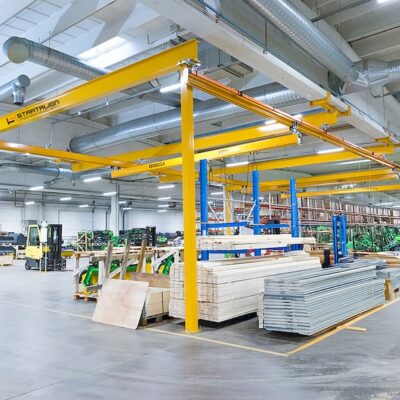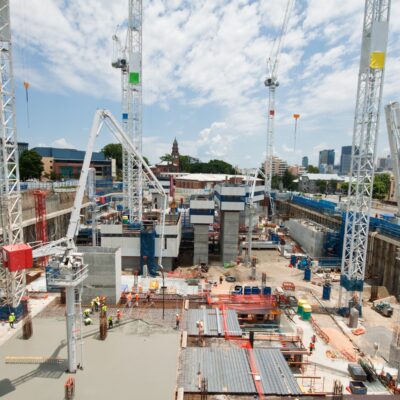Life-saving comms a game-changer in H&S
If you want your business to live and breathe a health and safety culture, your messaging needs to be reinforced daily, from top management down to the coal face, writes […]
If you want your business to live and breathe a health and safety culture, your messaging needs to be reinforced daily, from top management down to the coal face, writes Vaughan Reed.
“Destructive and devastating” is how Sky City executives have referred to the recent fire at Auckland’s Sky City Convention Centre. An investigation into this crisis will follow soon after the final flame is extinguished, however whatever the true cause, the speculation of a health and safety breach by people working on the construction site has reminded everyone involved in any kind of business activities that involve risk, how easily a massive crisis can take place.
If working in the health & safety space sometimes feel like ‘ticking boxes’ to inform employees about things that might put them in danger, it’s time to take a long hard look at what your organisation is doing to protect employees and its assets, especially if you are a Health & Safety Manager or have responsibilities in this area.
The big issue organisations are facing is around retention of health and safety information and getting it through to front line staff. Most organisations are communicating Health and Safety messages during employee inductions and staff training programs and it’s difficult to change a lifetime of habits through a one-off program.
To ingrain methods and messages they need to be reinforced continuously, in a way where workers feel comfortable and can relate. The current methods of using emails, posters and H&S noticeboards, are simply not getting through, nor are they being retained by employees.
As society has evolved, so has our communication and this has a direct bearing on how you need to communicate in your workplace. Under the influence of social media and other online platforms, we now have an appetite for highly visual, snackable and dynamic communications.
We retain 80 percent of what we see and process visuals 60,000 times faster than text! The case for ‘more visual’ communications is even stronger when you consider 65 percent of the population are visual learners and our attention span is waning. Millennials have an attention span of only 12 seconds, Generation Z only eight seconds – realistically you can’t absorb much text during that time.
If you want your business to live and breathe a health and safety culture, your messaging needs to be reinforced daily, from top management down to people on the ground and at the coal face, where it really counts. It is not acceptable to rely on one method of dissemination, such as middle management passing on information in an inconsistent and hap-hazard manner – it needs to be more considered, well-planned and co-ordinated. If you are a person responsible for health and safety in your organisation, hopefully you can see that the quality of your communications can literally mean the difference between life or death or avoiding the catastrophic events, which unfolded at Sky City Convention Centre.
After all, health & safety is not something you want people to learn through mistakes and experience. No organisation wants the spotlight on them for the wrong reasons and certainly you don’t want to be one of the health & safety people having to account for the part you played in ensuring employees were adequately briefed and protected.
Photo by Vaughan Scott IMAGES. Article by Vaughan Reed from Vibe.fyi – the visual communication platform for transforming the way smart businesses communicate to their workforce on a daily basis.






